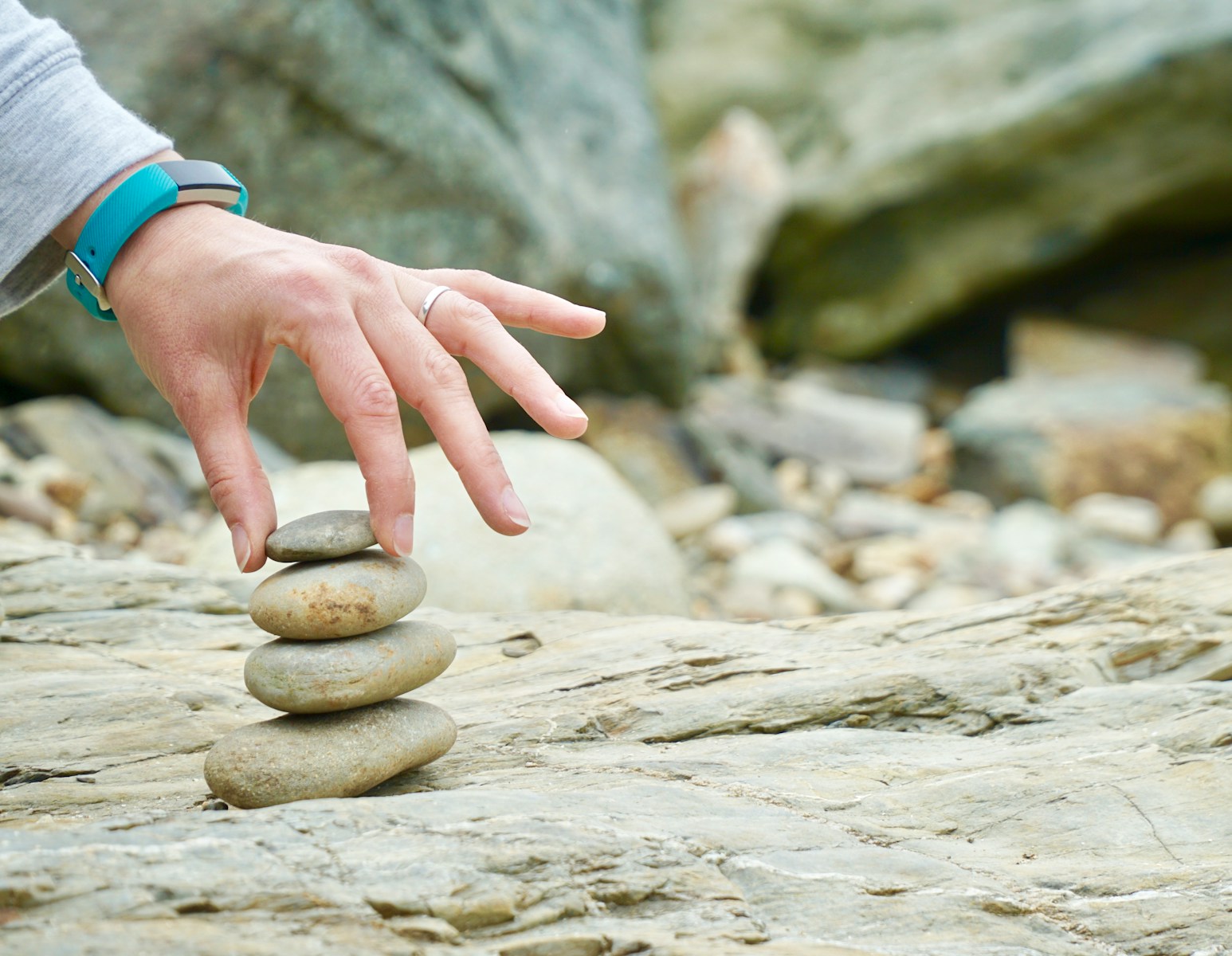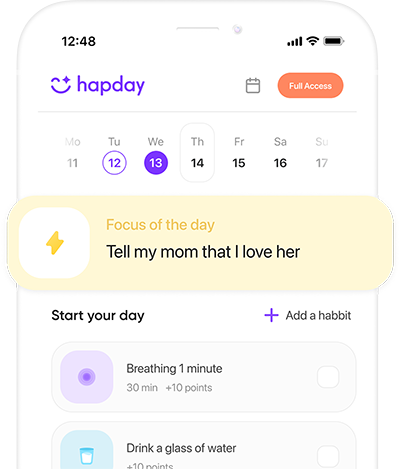Table of Contents
- Understanding Decision-Making Anxiety
- How Mindfulness Helps
- Techniques to Ease Decision-Making Anxiety
- Mindful Breathing
- Body Scan Meditation
- Mindful Decision Journaling
- Loving-Kindness Meditation
- Mindful Walking
- Acceptance and Commitment Therapy (ACT) Techniques
- Visualization Techniques
- Bringing Mindfulness into Everyday Life
- Conclusion
Understanding Decision-Making Anxiety
Decision-making anxiety is that unsettling feeling we get when facing choices. It springs from many sources—fear of the unknown, failure, or even letting others down. Research published in the Journal of Behavioral Decision Making indicates that people with high decision-making anxiety often struggle with cognitive overload, which can hurt both the quality and satisfaction of their decisions (Botti & Iyengar, 2006).
The American Psychological Association mentions that such anxiety can lead to avoidance, procrastination, and physical symptoms like headaches or stomachaches (APA, 2020). As decisions mount—ranging from mundane daily choices to significant life events—finding effective strategies to manage this anxiety becomes crucial.
How Mindfulness Helps
Mindfulness is all about being present and fully engaged in the current moment, taking stock of thoughts and feelings without judgment. This awareness can be transformative in dealing with anxiety, particularly around decision-making. A review in Clinical Psychology Review shows that mindfulness practices can lessen symptoms of anxiety, depression, and stress (Khoury et al., 2015).
Mindfulness changes how our brains work. Studies using brain scans have demonstrated that regular mindfulness practice boosts activity in the prefrontal cortex—the region linked to decision-making and emotional regulation—while reducing activity in the amygdala, which is responsible for fear responses (Desbordes et al., 2012).
Techniques to Ease Decision-Making Anxiety
1. Mindful Breathing
Mindful breathing forms the cornerstone of mindfulness practice. By focusing on your breath, you anchor yourself in the present, fostering a sense of calm and clarity that helps dispel anxiety.
- How to Practice: Sit or lie in a quiet space. Close your eyes and take slow, deep breaths. Concentrate on the sensation of breathing in and out. If your mind wanders, gently guide your attention back to your breath.
Research in Psychoneuroendocrinology highlights that mindful breathing can significantly reduce cortisol levels, the stress hormone (Turakitwanakan et al., 2013). This stress reduction can clear the mind and enhance decision-making.
2. Body Scan Meditation
Body scan meditation involves methodically focusing on different parts of your body, heightening an awareness of physical sensations that reflect your emotional and mental states.
- How to Practice: Lie down and close your eyes. Start with your toes, paying attention to any sensations, and gradually move your focus upwards to your head.
According to research, this type of meditation can improve emotional regulation and reduce anxiety by fostering a greater awareness of bodily sensations and developing a non-judgmental attitude (Kabat-Zinn, 1990).
3. Mindful Decision Journaling
Writing can externalize internal struggles, providing clarity. Reflect on decisions, consider possible outcomes, and note your emotional responses to each.
- How to Practice: Each day, set aside time to write about a decision you’re facing. Explore your emotions, potential outcomes, and the fears linked with it. This reflection can uncover insights and ease anxiety.
Research in the Journal of Experimental Psychology suggests that expressive writing about tough decisions can increase clarity and reduce stress (Pennebaker & Chung, 2011).
4. Loving-Kindness Meditation
Loving-kindness meditation fosters compassion towards yourself and others, counteracting self-critical thoughts and promoting a supportive mindset.
- How to Practice: Sit comfortably with your eyes closed. Generate feelings of warmth towards yourself, using phrases like “May I be happy” and “May I be at ease.” Extend these thoughts to others, including those with whom you have conflicts.
A study in Emotion indicates that loving-kindness meditation boosts positive emotions and resilience, contributing to better decision-making and reduced anxiety (Fredrickson et al., 2008).
5. Mindful Walking
Mindful walking involves moving deliberately, focusing on the sensations involved, and situating yourself in the present moment.
- How to Practice: Walk slowly in a serene space. Concentrate on the sensation of your feet touching the ground and the rhythm of your breath. Notice your surroundings.
This practice has been linked to reduced anxiety and improved mood, as detailed in Journal of Clinical Psychology. It helps clear mental clutter and enhances decision-making (Teasdale et al., 2000).
6. Acceptance and Commitment Therapy (ACT) Techniques
ACT uses mindfulness to help individuals accept difficult emotions and commit to value-driven actions. It emphasizes acceptance over control.
- How to Practice: Identify your core values and align decisions with them. Embrace the anxiety accompanying decisions without letting it dictate your actions.
A meta-analysis in Behavior Research and Therapy found ACT effective in lowering anxiety and improving psychological flexibility, key for adaptive decision-making (A-Tjak et al., 2015).
7. Visualization Techniques
Visualization calls for imagining yourself succeeding in a decision-making scenario, building confidence through mental rehearsal of positive outcomes.
- How to Practice: Sit with your eyes closed. Visualize a decision-making situation, imagining yourself calm and confident in making the best choice. Focus on the scenario’s positive unfolding.
Research in Motivation and Emotion shows visualization can increase self-efficacy and decrease performance anxiety, fostering a positive mindset towards challenges (Pham & Taylor, 1999).
Bringing Mindfulness into Everyday Life
While these techniques are powerful, integrating mindfulness into your everyday routine provides a holistic approach to tackling decision-making anxiety. Here’s how:
- Start Mindfully: Kick off each morning with a brief mindfulness practice, be it breathing exercises or setting intentions for the day.
- Use Cues: Set mindfulness reminders using environmental cues—like notifications or entering a room—to check in with your emotions.
- Practice Gratitude: Regularly consider what you’re grateful for to shift your focus from anxiety-inducing thoughts.
- Take Breaks: Incorporate short mindful breaks, such as breathing or stretching, to reset your mental state during the day.
- Listen Mindfully: Be present with others, enhancing connections and enriching decision-making awareness.
Conclusion
Mindfulness provides a haven from the chaos of decision-making. By adopting these practices, you nurture calm and clarity, empowering you to approach decisions confidently. With scientific backing, mindfulness is more than a concept—it’s a practical, effective strategy to ease decision-making anxiety. Integrating these techniques can transform how you navigate choices, fostering a balanced and fulfilled life.


I really appreciate this article! Mindful breathing has been a game-changer for me. Whenever I feel overwhelmed with decisions, just taking a moment to focus on my breath helps clear my mind and ease that anxiety. It’s like hitting a reset button! Anyone else have similar experiences?
Absolutely! I find that even a few minutes of mindful breathing can make all the difference. It’s amazing how something so simple can help manage stress.
I agree! It’s funny how we often overlook the basics, but breathing really is essential. Have you tried combining it with journaling?
I’m skeptical about some of these techniques. Sure, mindfulness sounds good in theory, but does it really work in practice? I’d love to hear more from people who’ve tried these strategies for decision-making anxiety!
I felt the same way at first! But honestly, after trying body scan meditation, I noticed a shift in my stress levels when making decisions.
“Mindfulness” seems like just another buzzword to me. If it’s so great, why isn’t everyone doing it? Maybe there are other solutions out there?
“Loving-kindness meditation” is something I’ve never heard of before reading this article. It sounds intriguing! How exactly do you extend those feelings towards others? Can it truly help with decision-making too?
“Yes! It’s about fostering compassion not just for yourself but also towards others, which can lighten your emotional load when facing tough choices.
Mindful walking sounds like such a unique approach! Who knew walking could be therapeutic? I always thought exercise was just for physical health!
I love how these techniques emphasize being present and aware in our daily lives! Mindfulness isn’t just about big moments; it’s about appreciating the little things too.
I love how mindfulness can really change our perspective on decision-making! It’s fascinating to think that just focusing on our breath can clear the mental clutter. I’ve started practicing mindful breathing before making choices, and it’s made such a difference. Has anyone else tried this technique? What other mindfulness methods do you find helpful?
Absolutely! Mindful breathing has been a game-changer for me too. It really helps me center my thoughts and feel more grounded when faced with tough decisions.
Honestly, I used to think all this mindfulness stuff was a bit silly, but after giving body scan meditation a shot, I’m starting to see the benefits! It’s incredible how tuning into your body can provide insight into your emotional state. Anyone else had similar experiences? Or maybe you still think it’s not for you?
I felt the same way initially! But once I tried it, I realized how much tension I was holding without even knowing it.
It’s definitely not for everyone, but it’s worth trying at least once. You might surprise yourself with what you discover about your feelings.
Mindful Decision Journaling sounds like such an interesting concept! Writing down my thoughts and emotions could really help clarify things when I’m indecisive. Has anyone tried this? How did it help you?
I find loving-kindness meditation to be incredibly uplifting! It helps me release negative self-talk and encourages a more compassionate view of myself and others when making decisions. Anyone have tips on incorporating this into daily life?
I’ve started setting aside just five minutes every day for this practice, and it’s made such a difference in my overall mindset.